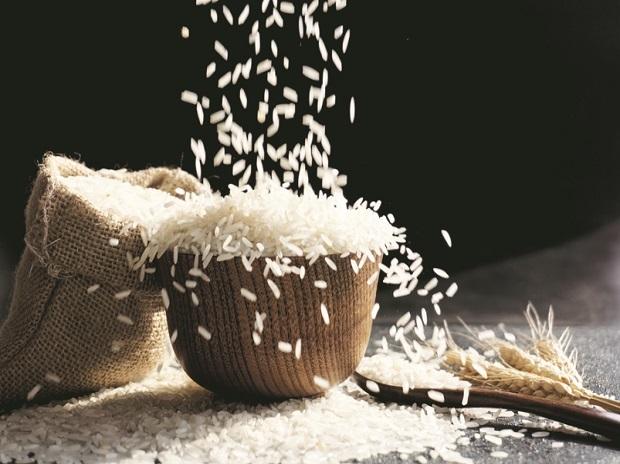The central government in May announced a ban on wheat exports, following an unexpected crop failure, resulting in low procurement and depletion of public stocks. Concerns are now arising over a similar situation, which has led the government to impose curbs on rice shipments.
According to a report in Indian Express, out of the four categories of rice exports, which includes Basmati rice, parboiled non-Basmati rice, raw, and broken non-Basmati rice, curbs have been put in place for only two categories, which is raw (white) rice and broken non-Basmati rice.
On September 8, the Department of Revenue under the Ministry of Finance, announced the imposition of a 20 per cent duty on exports of rice. On September 9, another notice from the Directorate General of Foreign Trade in the Ministry of Commerce and Industry, stated the imposition of blanket ban on exports of broken rice. Hence, only exports of full grain consignments would be permitted on payment of 20 per cent duty.
Why were the restrictions placed?
On account of irregularities in rainfall, sowing has not been up to expectations. During the current kharif cropping season, farmers planted 2.1 million hectares less area under rice, as compared to the same period last year. The move by the government is expected to increase global prices of rice, as India is a major exporter.
The second reason that the restrictions were imposed, was because of public wheat stocks, which on August 1, were the lowest in 14 years, at 26.65 metric tonnes.
How it will affect India?
In 2021-22, India shipped out a record 21.21 million tonnes (mt) of rice valued at $9.66 billion. That included 3.95 mt of Basmati rice worth $3.54 billion (on which there are no restrictions) and 17.26 mt of non-basmati shipments valued at $6.12 billion. Within the latter, 7.43 mt ($2.76 billion) comprised parboiled rice exports, which will also be allowed freely, the Indian Express reported.
The restrictions apply only in respect of the balance 9.83 mt ($3.36 billion). This covers 3.89 mt ($1.13 billion) of broken rice, whose exports have been prohibited, and 5.94 mt ($2.23 billion) of non-parboiled non-basmati rice, whose shipments will henceforth attract 20 per cent duty. The curbs, thus, will affect about half of India’s rice exports in terms of quantity and over a third by value.
Where does India export to?
In 2021, more than 75 per cent of India’s Basmati rice was exported to Iran and the Arabian Peninsula countries. Nations such as the UK, the US, Canada, and Australia added nearly 10 per cent. Almost 55 per cent of non-basmati rice exports went to African countries, including Benin, Ivory Coast, Senegal, Togo, Guinea, Madagascar, Cameroon, Djibouti, Somalia and Liberia. Both China and Bangladesh, the top two buyers accounted for 9.5 per cent each, which was followed by Nepal and Benin, which contributed for 8-9 per cent each.
While most of exports to Bangladesh and African countries consisted of parboiled rice, China’s imports included broken rice, which has now been banned.
India is not only the world’s second-largest producer but is also the biggest exporter, commanding a sizable market share of over 40 per cent. So, a sudden halt in the shipment of rice from India is bound to create ripples in the global rice bazaar, which might even boomerang and hurt the country’s own interests by damaging its image as a reliable supplier of grains and a trustworthy trade partner.





GIPHY App Key not set. Please check settings